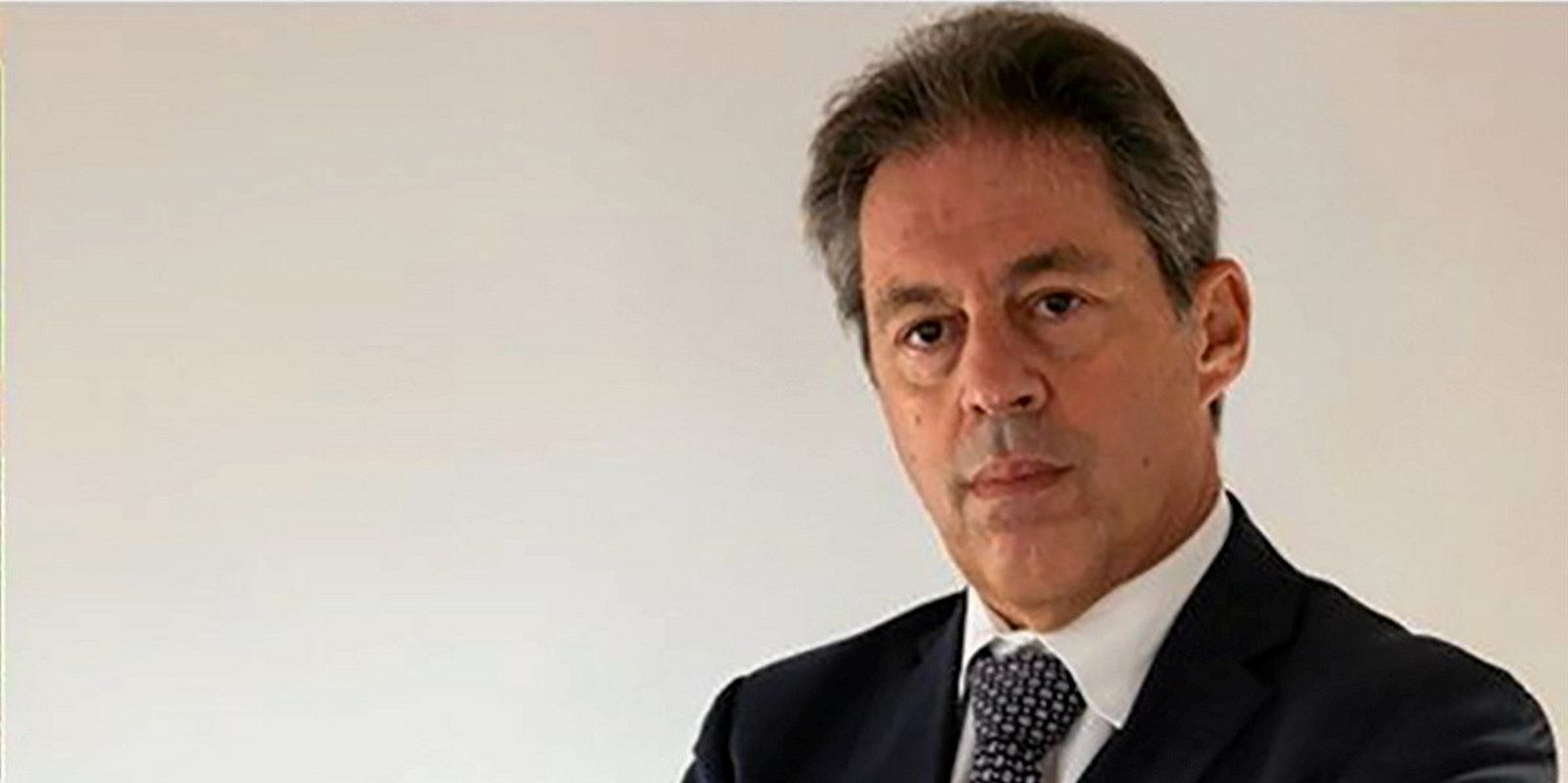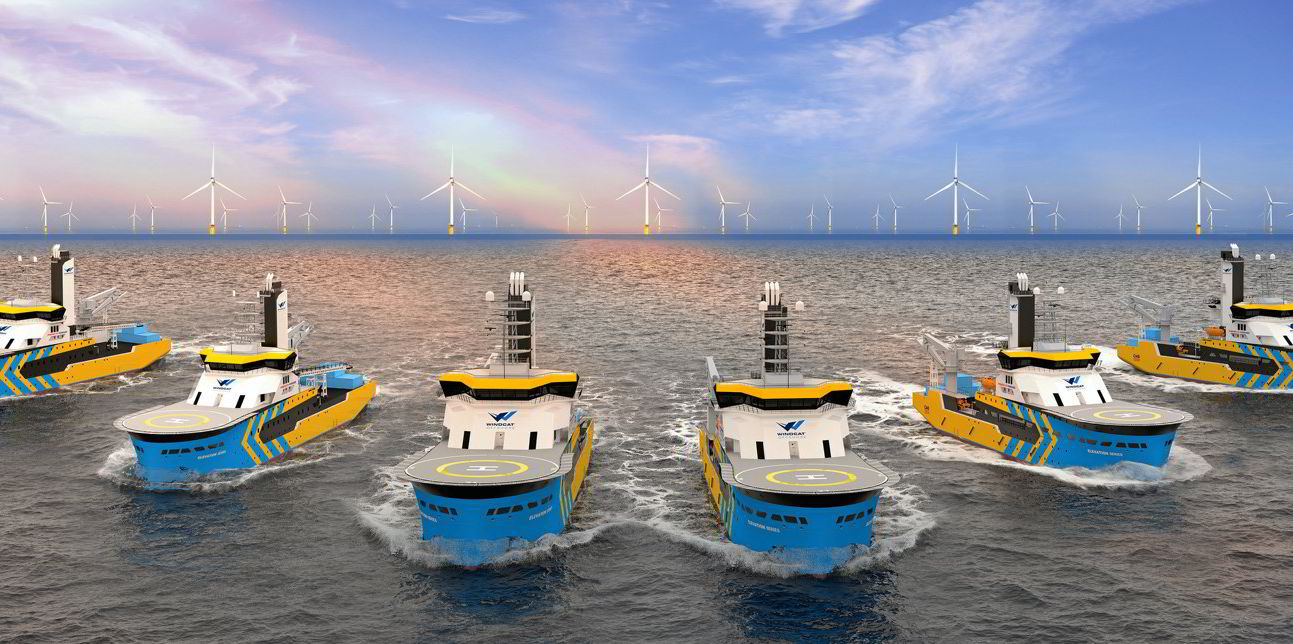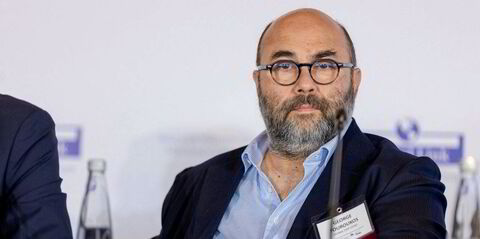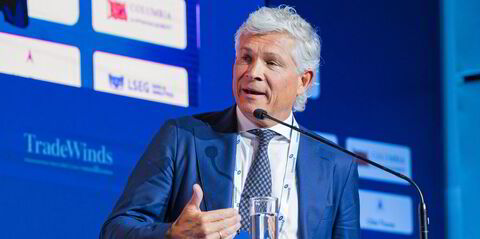Italian class society RINA is developing a new bulker with hydrogen production capabilities on board.
The LNG-fuelled newcastlemax design project is part of a wider plan to create a green LNG bunkering hub at Port Hedland in Australia, the world’s biggest iron ore terminal.
RINA said the new 209,000-dwt ship will incorporate pre-combustion carbon removal, as well as hydrogen production, as it moves towards net-zero.
The company is working with Australia’s Pilbara Clean Fuels (PCF) and bunker company Oceania Marine Energy.
PCF is setting up a new electrified LNG production facility at the port, while Oceania will charter in LNG bunker vessels from Norwegian owner Kanfer Shipping.
The three companies will study the commercial and emissions-reduction benefits these combined concepts could deliver to shipowners and charterers for the Australia to Asia dry bulk minerals export trade.
RINA’s fuel system concept involves the capture, onboard storage and offloading of liquefied carbon dioxide or solid carbon.
The new LNG plant will convert pipeline natural gas to LNG, providing cleaner marine fuel.
The base-case plant capacity is 500,000 tonnes per year. Market analysis for Port Hedland alone suggests potential demand of one million tonnes per annum by 2030.
Power will come predominantly from renewable sources.
Meanwhile, Oceania’s LNG re-fuelling concept is based on ship-to-ship bunkering of vessels while at anchor off Port Hedland.
Transition fuel or something longer term?
The companies said they can solve the historic criticism of LNG as being only a “transition fuel”, rather than having a long-term future as a zero-emissions solution.
They argue the dry bulk route from the Pilbara region to Asia is particularly suited for early adoption of pre-combustion carbon removal and hydrogen production on vessels.
This is due to the ability to offload carbon dioxide or solid carbon, together with a variety of monetisation or disposal options.
PCF managing director Robert Malabar said: “We know the maritime community is happy with LNG as a marine fuel.”
“We believe the outcome of the studies should provide a compelling argument in support of the Western Australian government’s May 2020 announcement to create an international LNG fuelling hub in the Pilbara.”
RINA marine consulting executive vice president Massimo Volta said: “The combined knowledge and expertise of PCF, Oceania and RINA will allow a comprehensive approach to the project, rather than to the single phases, that will actually maximise the emissions-reduction effort.”
He argued the shipping industry is living in a time of uncertainty that still requires immediate investments.





